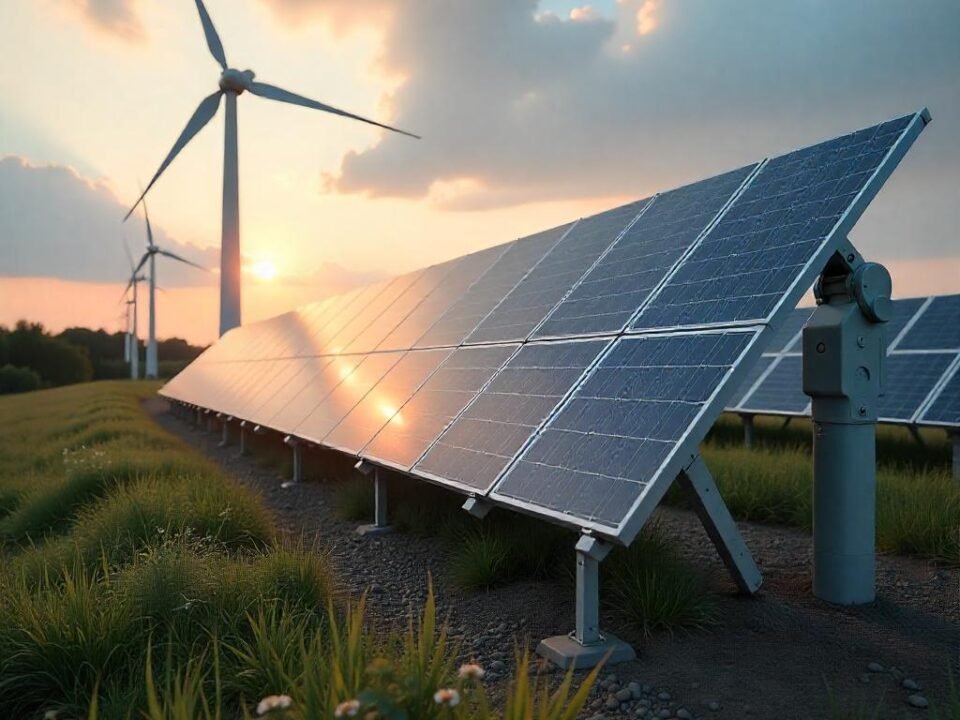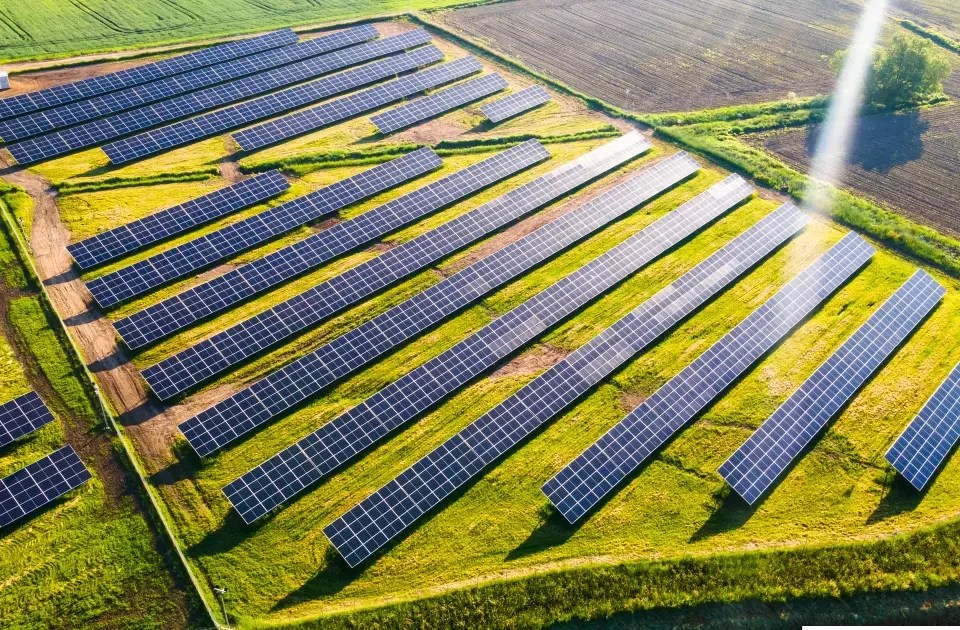The sun sustains all life on earth. By fusing hydrogen into helium at its center, this excellent resource radiates energy and gives us heat and light. It is known as solar radiation. On average, just 50% of this solar radiation reaches the planet’s surface. The atmosphere and clouds either reflect or absorb the remaining energy. Nonetheless, the sun provides us with more than enough energy to meet humanity’s energy needs. Sunlight is an abundant, limitless, and pure source of energy.
Direct sunlight, or solar energy, is possible for several commercial and industrial applications, including solar cooling, hot water heating, and power generation.
Solar companies in India offer a clean alternative to electricity produced from fossil fuels, with no risk of electricity price spikes, no air or water pollution, and no hazards to our public health. This is crucial given the growing concern over climate change.
The solar energy resource is vast. According to estimates from the US Department of Energy, the quantity of sunlight that reaches the earth’s surface in an hour and a half is adequate to meet all of the needs for energy for an entire year. The point in the world’s coal, oil, and natural gas reserves is only enough to power the planet for 18 days.
Also, the fuel is free once a mechanism is in place to harness the solar resource and transform it into usable energy.
Rising Use of Solar Energy
The number of U.S. installations has increased seventeen-fold since 2008, from 1.2 gigawatts (GW) to an estimated 30 GW now, sufficient to power 5.7 million typical American homes. Since 2010, the average cost of solar PV panels has declined by more than 60%, while the price of solar electric systems has decreased by about 50%. Solar electricity is economically comparable to conventional energy sources in several locations, including California, Hawaii, Texas, and Minnesota. There is also the largest thermal power plant in india.
The Principles of Solar Power
What, then, are the foundational elements of solar energy systems? First of all, the size and application of solar energy systems differ. Businesses are installing solar panels to offset their energy expenses, while residential systems can be seen on rooftops throughout the United States. Utilities are also building extensive solar power facilities to provide cleaner energy to all grid-connected customers.
Regardless of the specifics of a given installation, the two primary forms of solar and wind energy technologies are photovoltaic (PV) and concentrated solar power (CSP). Most people are familiar with PV technology due to the solar panels they increasingly see mounted on building rooftops or the ones on the International Space Station.
One of those solar panels absorbs photons from the sun’s rays when it shines on it, which causes the solar panel’s cells to conduct electricity when an electric field is created across the layers of the forum. PV systems can be wall-, rooftop-, or ground-mounted. They can either be mounted on trackers that move with the sun across the sky or be permanently oriented to maximize output and value.
Thanks to rooftop PV panels, renewable energy is now practicable almost everywhere in the United States. In a sunny place, such as Los Angeles or Phoenix, a five-kilowatt residential system produces an average of 7,000 to 8,000 kilowatt-hours annually, nearly equivalent to the amount of electricity needed by a typical U.S. household.
If you want to contact one of the country’s largest developers of Renewable Energy Projects, then ALFA INFRA PROP is the best choice for you.
WEBSITE URL: https://alfainfraprop.com/
CUSTOMER CARE NO. – +91 22 42429999
EMAIL – info@alfainfraprop.com




